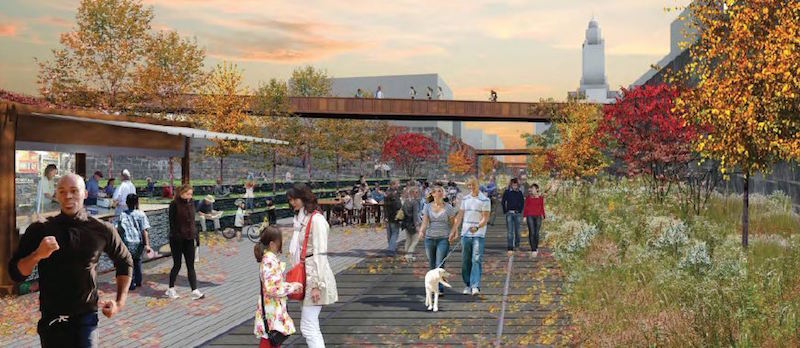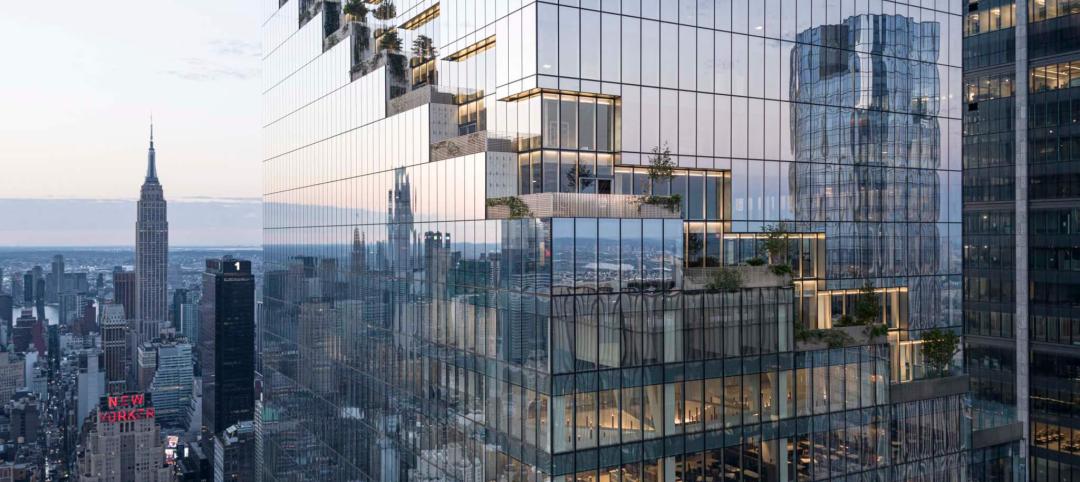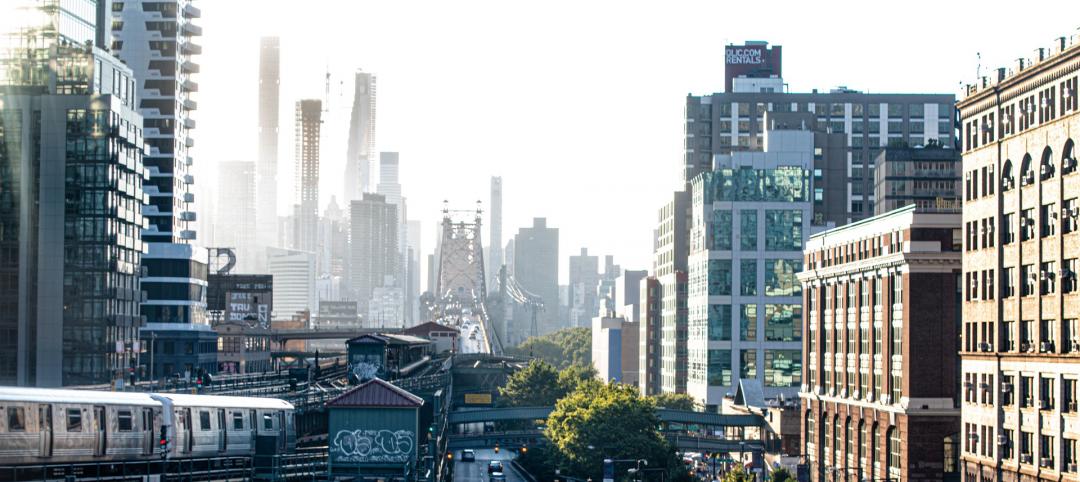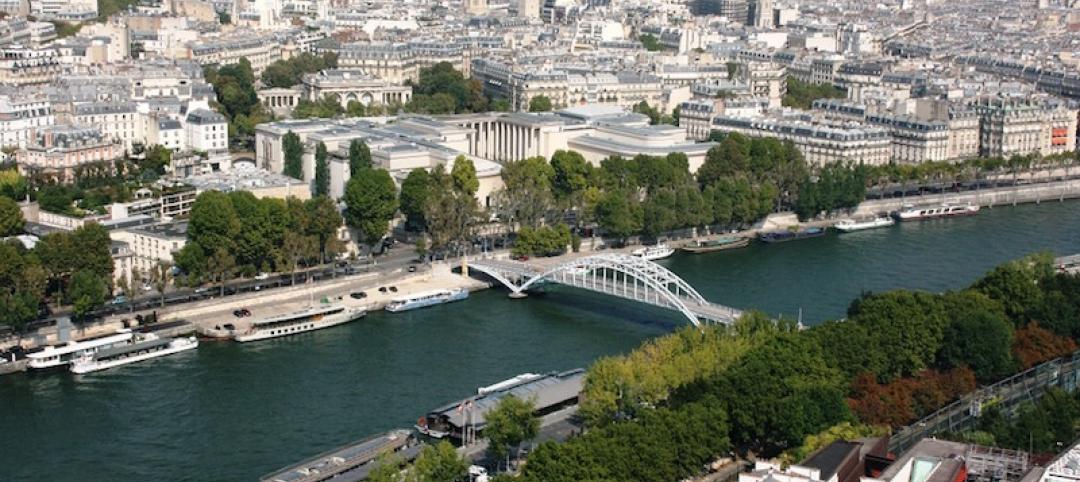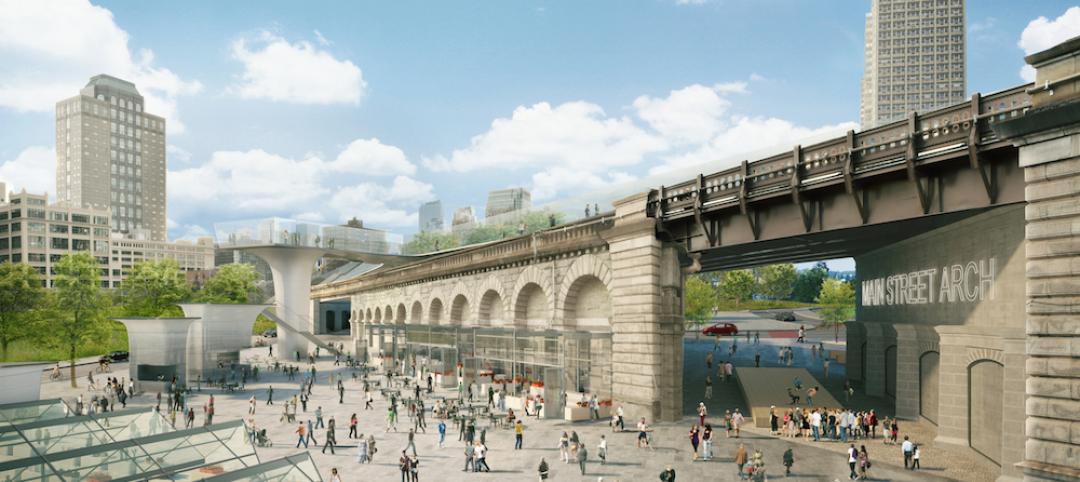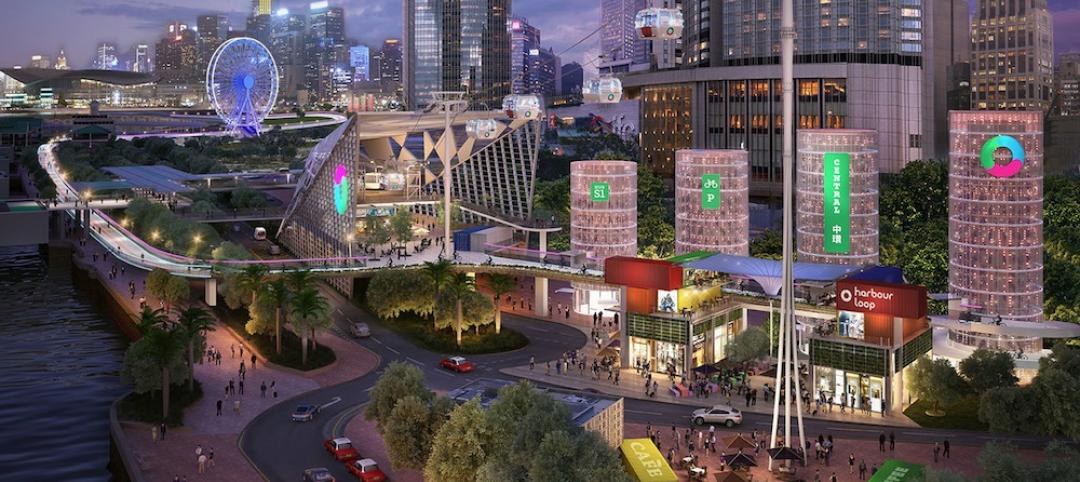Philadelphia will soon be getting its own version of New York’s popular High Line park as construction on the first phase of The Rail Park will begin by the end of the current calendar year.
The project will transform the tracks of the old Reading Railroad into a 25,000-sf linear park. The park will have green space, lighting, walking paths, and benches and cost $10.3 million to build.
The park is expected to spur new development in the surrounding areas in the same way economic development has sprung up along the High Line. The first phase of the transformation will focus on improvements in the 1200 block of Noble Street and the viaduct bridges up to Callowhill Street. This phase is expected to be completed by early 2018.
When completed, The Rail Park will stretch for three miles across 10 neighborhoods and 50 city blocks. It will run underground and overhead and be divided into three separate sections: the Viaduct, the Cut, and the Tunnel. The first phase is where the Viaduct meets the Cut. Construction will work outward and onward from there, according to the park’s official website. When completed, the park will connect Fairmount Park to Center City.
Phase one is almost completely funded thanks to a $3.5 million grant from the state. More funds still need to be secured before construction begins, but officials are confident the project will meet its requirements before 2017.
 Rendering courtesy of The Rail Park
Rendering courtesy of The Rail Park
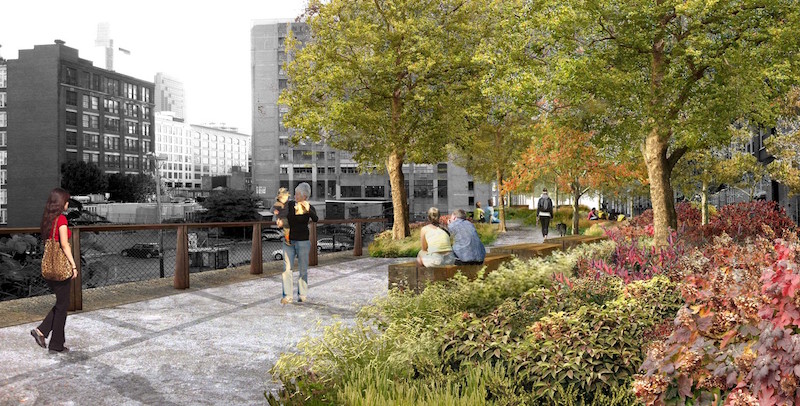 Rendering courtesy of The Rail Park
Rendering courtesy of The Rail Park
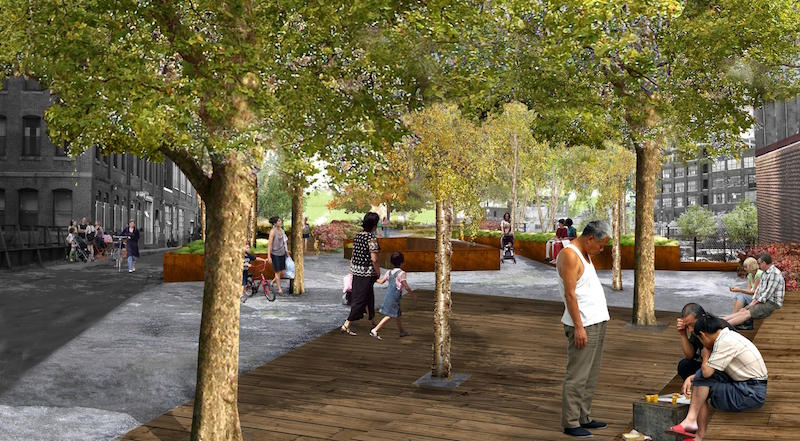 Rendering courtesy of The Rail Park
Rendering courtesy of The Rail Park
 Rendering courtesy of The Rail Park
Rendering courtesy of The Rail Park
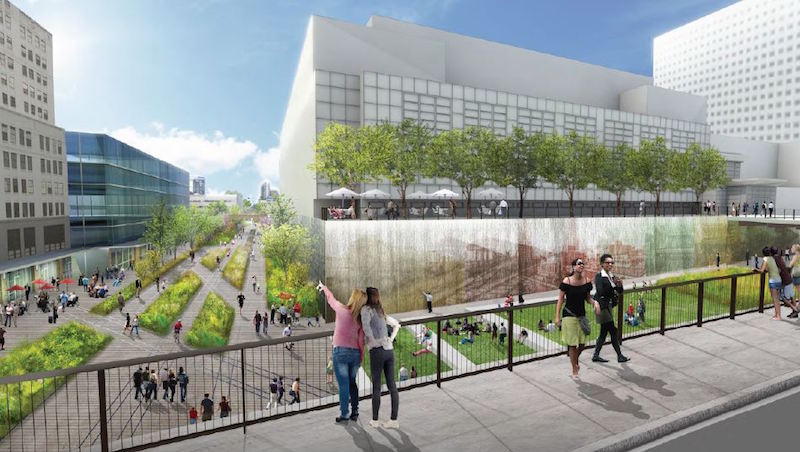 Rendering courtesy of The Rail Park
Rendering courtesy of The Rail Park
Related Stories
Biophilic Design | Jan 16, 2024
New supertall Manhattan tower features wraparound green terraces
At 66 stories and 1,031.5 ft high, The Spiral is BIG’s first supertall building and first commercial high-rise in New York.
Multifamily Housing | Mar 29, 2022
Here’s why the U.S. needs more ‘TOD’ housing
Transit-oriented developments help address the housing affordability issue that many cities and suburbs are facing.
Office Buildings | Jul 19, 2017
James Corner Field Operations, designers of the High Line, creates rooftop amenity spaces for three Dumbo office buildings
The new spaces range from about 8,500 to 11,000 sf and were added to Two Trees Management’s anchor office buildings.
Green | Feb 6, 2017
A to Z: Seoul’s elevated park features 24,000 alphabetized plants
The plants will represent 250 species found in South Korea.
Urban Planning | Oct 27, 2016
Paris plans to transform the right bank of the river Seine into car-free pedestrian zone
Drivers are worried the move will cause an increase in traffic congestion.
Steel Buildings | Sep 15, 2016
New York’s Hudson Yards to feature 16-story staircase sculpture
The installation is designed by British architect Thomas Heatherwick and will be the centerpiece of the $200 million plaza project
The High Line | May 12, 2016
WXY unveils new renderings of waterfront Brooklyn Strand project
A two-year community review has been completed, and the Community Vision Plan will now be submitted for review by the city.
The High Line | Apr 5, 2016
Hong Kong planning High Line-like elevated trails along the waterfront
The 23-kilometer HarbourLoop will connect the territory’s main island to the Kowloon peninsula.
Cultural Facilities | Mar 8, 2016
The sexy side of universal design
What would it look like if achieving universal accessibility was an inspiring point of departure for a project's design process? Sasaki's Gina Ford focuses on Marina Plaza and the Cove, two key features of her firm's Chicago Riverwalk development.
The High Line | Feb 24, 2016
The last unused portion of the High Line is set to become a piazza
The piazza replaces an earlier design for the space that called for a bowl-shaped garden.


